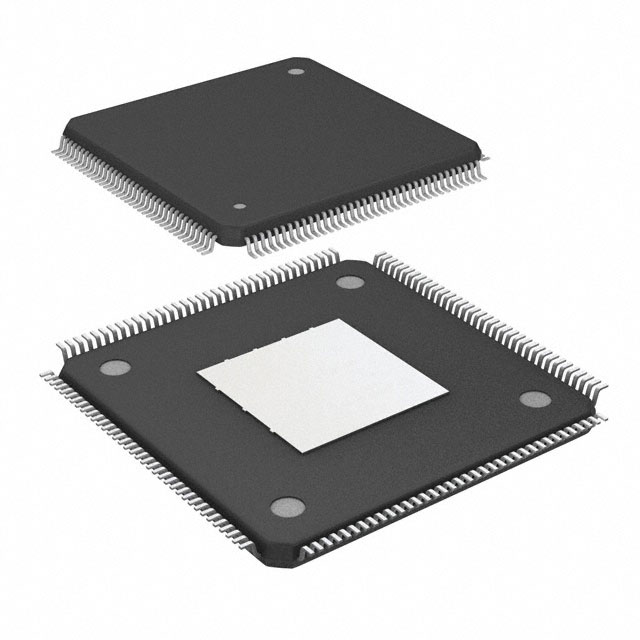

Intel
EP3C16E144C7
FPGAs



.png?x-oss-process=image/format,webp/resize,p_30)


EP3C16E144C7 Description
The Intel EP3C16E144C7 is a high-performance field-programmable gate array (FPGA) belonging to the Cyclone III family of devices. This model is designed to provide a balance between power efficiency, performance, and cost, making it suitable for a wide range of applications.
Description:
The EP3C16E144C7 features a 16,320-macrocell configuration with a 144-pin package. It is based on an enhanced low-power 65-nm process technology, which allows for increased performance and reduced power consumption compared to previous generations.
Features:
- Enhanced low-power 65-nm process technology: This technology enables higher performance and reduced power consumption, making it suitable for power-sensitive applications.
- High-density macrocell configuration: With 16,320 macrocells, the EP3C16E144C7 offers a high level of integration, allowing for complex designs to be implemented in a compact form factor.
- High-speed transceivers: The device includes high-speed transceivers that support data rates up to 3.5 Gbps, making it suitable for high-speed communication applications.
- Embedded memory: The EP3C16E144C7 comes with 1,152 kbits of block RAM (M4K) and 352 kbits of distributed RAM, providing ample memory resources for various applications.
- Digital signal processing (DSP) capabilities: The FPGA features dedicated DSP blocks, which can be used for implementing complex signal processing algorithms.
- High-speed I/O: The device offers a wide range of I/O options, including LVCMOS, LVDS, and HSTL, making it suitable for various interface requirements.
- Core voltage scaling: The EP3C16E144C7 supports core voltage scaling, allowing for further power optimization based on the specific application requirements.
Applications:
The Intel EP3C16E144C7 is suitable for a wide range of applications due to its combination of performance, power efficiency, and cost-effectiveness. Some potential applications include:
- Communications: The high-speed transceivers and I/O options make it suitable for communication systems, such as network infrastructure, wireless base stations, and optical transport networks.
- Industrial control: The device's robustness and flexibility make it well-suited for industrial control applications, such as motor control, robotics, and automation systems.
- Video processing: The FPGA's DSP capabilities and high-speed I/O make it suitable for video processing applications, such as image and video compression, decompression, and display processing.
- Medical imaging: The EP3C16E144C7 can be used in medical imaging systems for image processing, analysis, and display.
- Automotive: The device's reliability and real-time processing capabilities make it suitable for automotive applications, such as advanced driver assistance systems (ADAS) and in-vehicle infotainment systems.
- Aerospace and defense: The FPGA's performance and radiation tolerance make it suitable for aerospace and defense applications, such as satellite communication systems and radar processing.
In summary, the Intel EP3C16E144C7 is a versatile FPGA that offers a balance between performance, power efficiency, and cost, making it suitable for a wide range of applications across various industries.
Tech Specifications
EP3C16E144C7 Documents
Download datasheets and manufacturer documentation for EP3C16E144C7
Shopping Guide


















.png?x-oss-process=image/format,webp/resize,h_32)










